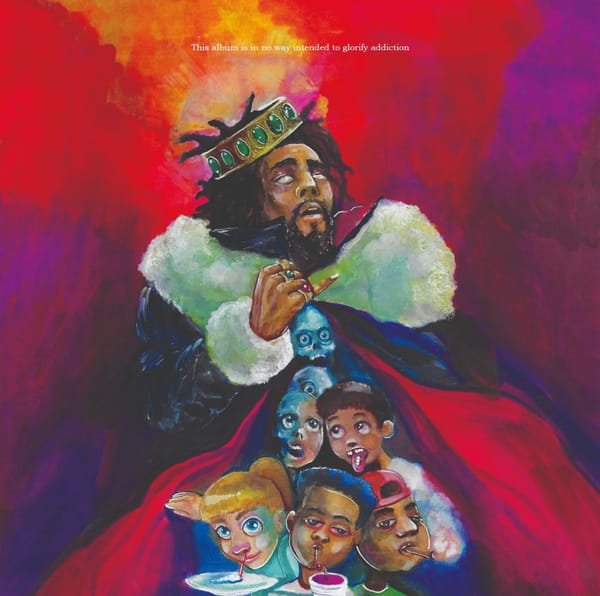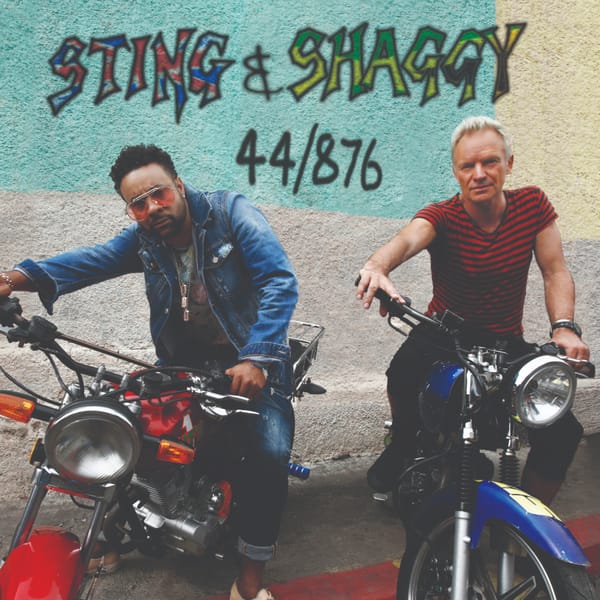A wrong, mostly short history of punk rock, part III
Hank finally got his shit together sufficiently to write the third and final installment of Felix Music’s history of the nittiest, grittiest genre that’s ever graced a recording booth. Unfortunately, he still can’t write consistent titles.

To all of my readers waiting for this a month ago – sorry, the end of term got messy, and I never finished the article. Not that you (as in, my readers) exist, I just thought I’d take the opportunity to flatter myself. Now, on to history.
Despite all the over-eager commenters throughout the years claiming that ‘punk is dead,’ it never went away. To this day, you can find thriving scenes from the gutters of Jakarta to here in central London. The basic tenets – the disrespect for established customs, the aggression and frenetic energy, and the do-it-yourself ethic – have all inextricably manifested themselves in contemporary music.
But such abstract concepts associated with punk rock, nowadays, are by-and-large divorced from the Punk Rock Sound of old. For example: drumlines. Historically, punk’s always preferred minimal complexity, maximal energy; hit the snare a square four times per bar and be done with it. When there were variations, they were distilled and rehashed; for example, D-beat (named after the band Discharge) is a relatively tricky fill for the untrained drummer, but they play the same fill at the same tempo for albums at a time. That subgenre, by the way, is predictably called D-beat.
Over such a long time, though, these sorts of approaches have faded away; the no-rules approach holds for punk rock itself ultimately, and it is this very trait that allows the punk rock ethos to recycle itself and stay relevant across decades. Punk’s not dead, it’s just in hiding.
This is the point at which modern punk diverges, in terms of composition, timbral palette, thematic approach, and so on; punk lives on, as a set of ideals, versus a particular music scene.
The landscape of modern punk is quite scattered. Many of the old giants are still around; you can still go see shows for Bad Religion, NOFX, The Descendents, Bad Brains, and so on. Quite a few, naturally, have broken up; sometimes, though, they reformed(ish). For example, Op Ivy called it quits before their first album even dropped, but Tim Armstrong and Matt Freeman then formed Rancid in ‘91, and they’re still going. And Streetlight Manifesto and Propagandhi are still sticking out great stuff (if you can call the pace Streetlight works at “active”).
Then there’s pop punk, a (some would call unfortunate) genre blending emo, pop, and something approximating a punk rock sound. There are too many bands to count; some big ones are Rise Against, Yellowcard, Search the City, and so on. The largest acts are undoubtably Paramore, Fall Out Boy, and Green Day. They’re labeled as “punk” because many emerged from the punk scene – Green Day was big in the 80s and 90s, and their first major-label effort Dookie is a classic album. Likewise, Pete Wentz of Fall Out Boy got his start in Racetraitor, playing the Chicago scene while it thrived (where he often shared the stage with Tim from Rise Against). It’s a shame how they disintegrated – now they make major-label electro-pop and sound blander than ever.
“Punk rock stands as testament to the full palette of human emotion”
There are fusion genres, too. Bands like Slowdive and Godspeed You! Black Emperor inherited quite a bit from the DIY ethic, but turn the tempo down waaaay low; the latter lives in a commune in Quebec, where they have their studio. Hip-hop caught a major wave as well, with artists like Danny Brown and Death Grips being prime examples.
Folk-punk was kickstarted by the Violent Femmes; the genre has snowballed in modern times. Recent successes include Andrew Jackson Jihad, Days’n’Daze, Johnny Hobo and the Freight Trains, and Jeffrey Lewis. The fusion is marked by acoustic, eclectic instrumentation; usually horns, a double bass, and an acoustic guitar that sounds like someone beat the shit out of it before they picked it up and started strumming as fast and hard as they could.
Grindcore is a joke genre. The verses are usually incomprehensible noise. Anal Cunt comes to mind – with songs like ‘I Went Back in Time and Voted For Hitler’ and ‘I Lit Your Baby On Fire’ counting among their least offensive songs. The Gaslight Anthem have sought to recreate Springsteen. It’s a whole new generation of Americana, and it sounds fantastic; The ‘59 Sound and Handwritten are absolute essentials. Bands have also followed in Joy Division and New Order’s footsteps; Protomartyr comes to mind as an example of what I might call Rust Belt wheeze-punk, with songs that sound like the urban decay they were born in.
Queercore and Riot Grrrl are genres that came out of the LGBTQ+ and feminist movements; in the former, there are bands like the Violent Femmes and Pansy Division, while the latter gave birth to the headline-grabbing Pussy Riot – famously jailed for protesting Putin. I should note here that while punk has a reputation for machismo, the space is quite open and accepting; most punks at shows have fairly far-left political views. It’s really funny watching some dude on stage scream about how their shows should be a safe space – not to discourage the moshers, just to make sure individuals who belong to minority groups feel welcome.
And that, at the end of the day, is what defines punk rock for me. It’s not just about the music – it’s about getting up on stage, making as much noise as possible, and building a community rooted in that special kind of catharsis that belongs uniquely and totally to punk rock.
And that’s the allure; the camaraderie, the intensity, the crowdsurfing and moshing – it all builds up to something much greater than the sum of its parts, a vibrant and vivacious mish-mash that stands as testament to individuality and community, to good times and bad, to the full palette of human emotion. Few genres have made such an impression on me. Punk rock will always have a place in my heart.









